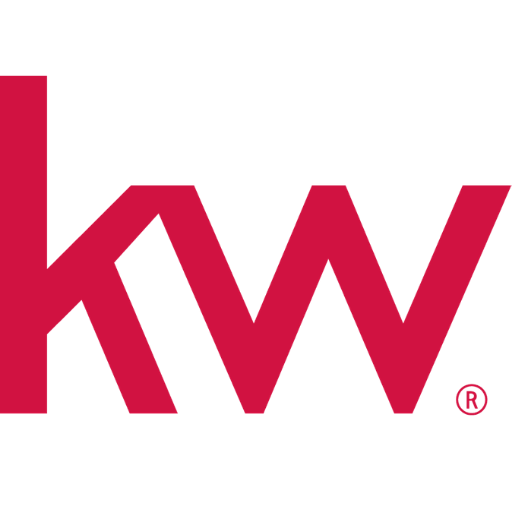1. What is Commercial Real Estate?
Commercial real estate refers to properties that are used solely for business-related purposes or to generate income. Unlike residential real estate, which includes single-family homes and apartments, commercial real estate encompasses a wide variety of property types such as offices, retail centers, warehouses, and more.
2. Types of Commercial Properties
Understanding the different types of commercial properties is essential as each one has unique risks, benefits, and factors that affect its value and profitability. Here are the main types of commercial real estate:
- Office Buildings
Office spaces range from small buildings to high-rise towers. They can be classified by quality as Class A, B, or C, with Class A being the highest quality, often located in prime locations. Office properties depend heavily on the economy, local job market, and demand from businesses. - Retail Properties
Retail includes shopping centers, malls, strip malls, and standalone stores. These properties rely on consumer demand and foot traffic. Investors should consider factors such as tenant type (big-box stores vs. small businesses), location, and the health of the retail sector. - Industrial Properties
Industrial spaces are used for manufacturing, warehousing, and distribution. These properties are increasingly popular, especially with the growth of e-commerce, as they house goods for shipping and delivery. Industrial properties can be more resilient to economic downturns and tend to have longer lease terms. - Multifamily Properties
Multifamily buildings include apartments, duplexes, and larger complexes. Though technically part of residential real estate, they are often considered commercial if the property has five or more units. These properties generate income through tenant rents and tend to offer steady returns and lower vacancy risks. - Hospitality Properties
Hotels, resorts, and short-term rental properties fall into this category. Hospitality is often the most volatile sector, with revenues fluctuating based on tourism trends, seasonality, and economic cycles. - Specialty Properties
Specialty CRE includes assets like self-storage facilities, medical buildings, and data centers. These types of properties require a deeper understanding of specific industries but can offer lucrative returns if demand remains stable.
3. Key Terms Every CRE Investor Should Know
To make informed investment decisions, understanding basic CRE terminology is crucial. Here are some commonly used terms in the commercial real estate industry:
- Net Operating Income (NOI)
NOI is calculated by subtracting operating expenses from the property’s gross income. This figure provides a snapshot of a property’s profitability before factoring in financing costs. Higher NOI generally indicates a better-performing investment. - Capitalization Rate (Cap Rate)
Cap rate is a percentage that indicates the expected rate of return on a property. It’s calculated by dividing the NOI by the property’s purchase price. Cap rates vary by property type, location, and market conditions. Generally, a higher cap rate suggests a higher-risk investment. - Cash-on-Cash Return
This measures the return on the actual cash invested, rather than the entire value of the property. It’s calculated by dividing annual pre-tax cash flow by the total cash invested. It’s a helpful metric to assess the immediate return on the invested cash. - Gross Rent Multiplier (GRM)
GRM is the ratio of the property price to its gross rental income. It’s a quick way to assess a property’s value, though it doesn’t account for expenses like NOI or cap rate. - Occupancy Rate
The percentage of leased or occupied space in a building. Higher occupancy rates generally mean stable rental income, while low rates can signal potential financial challenges. - Triple Net Lease (NNN)
A lease structure in which the tenant is responsible for covering property taxes, insurance, and maintenance, in addition to rent. Triple net leases are popular with investors because they minimize landlord expenses. - Due Diligence
The research and analysis that investors perform before purchasing a property. This includes reviewing financials, inspecting the property, assessing the market, and verifying legal information. - Loan-to-Value Ratio (LTV)
LTV measures the percentage of a property’s value that is financed by a loan. A lower LTV ratio is typically safer, as it indicates a lower level of debt relative to the property’s value.
4. Key Considerations for New CRE Investors
Entering the commercial real estate market requires a thoughtful approach. Here are some tips to consider as you start your investment journey:
- Location Matters
Like in residential real estate, location is a crucial factor in CRE. Properties in prime locations or growing areas tend to appreciate faster and attract more tenants, resulting in stable returns. - Understand Market Cycles
Real estate markets are cyclical, and different sectors have unique cycles. It’s essential to understand the current market phase (e.g., expansion, peak, contraction) to make informed investment choices. - Diversify Your Investments
Diversifying within CRE or across different asset classes can reduce risk. Consider exploring different property types or locations to build a more resilient portfolio. - Evaluate Tenancy and Lease Structure
Strong tenants with long-term leases provide more predictable cash flow. Reviewing tenant financials and lease terms can give you insights into the property’s income stability. - Leverage Financing Wisely
Financing options in CRE are diverse, from traditional loans to hard money lenders. Work with an experienced mortgage broker to find the best structure for your needs, but be cautious about over-leveraging. - Perform Thorough Due Diligence
Due diligence helps prevent unexpected costs and potential legal issues. Review every aspect of the property, including its physical condition, financial history, legal title, and zoning restrictions.
Final Thoughts
Commercial real estate investing offers numerous opportunities but requires a solid understanding of property types, key terms, and market dynamics. As a new investor, take the time to learn the fundamentals, evaluate your goals, and build a strategy that fits your risk tolerance and financial objectives. With careful planning and research, you can make informed decisions and pave the way for a successful venture into the world of commercial real estate investing.
